Retro Replay Review
Gameplay
Twin Sector delivers a first-person puzzle-platforming experience built around a pair of innovative gravity gloves. Your left glove pulls objects toward you while the right glove pushes them away, and mastering their tension—and timing—is at the heart of every challenge. By holding down the corresponding mouse button, you charge up the force of your pull or push, allowing you to fling crates, barrels, and other debris with satisfying momentum. These mechanics feel intuitive yet deep, encouraging experimentation as you navigate each chamber’s hazards.
(HEY YOU!! We hope you enjoy! We try not to run ads. So basically, this is a very expensive hobby running this site. Please consider joining us for updates, forums, and more. Network w/ us to make some cash or friends while retro gaming, and you can win some free retro games for posting. Okay, carry on 👍)
Early levels ease you into the core mechanics with simple fetch-and-throw tasks, teaching you the principles of momentum and trajectory. As you progress, however, the puzzles grow more elaborate: you might need to launch yourself across chasms by pulling against a distant surface, or juggle multiple weighted objects to hold down pressure plates. The variety of environmental obstacles—laser grids, crushing walls, rotating platforms—keeps gameplay fresh and forces you to continually adapt your strategies.
Combat is sparse but impactful, centered around Tracers, flying enemies that home in on Ashley. With your gloves upgraded to channel electric charges, you can electrocute these drones for a one-shot kill or use brute force by hurling barrels to stun and then dispatch them. While combat never reaches the complexity of a dedicated shooter, it provides welcome tension and breaks up the puzzle flow, especially in timed sequences where a swarm of Tracers can ambush you.
Overall, the balance between environmental puzzles and occasional combat encounters makes Twin Sector feel dynamic. The gloves are a joy to use—responsive, weighty, and versatile. Most importantly, the game rarely feels repetitive; each sector introduces new elements or combinations of traps that demand fresh solutions. If you enjoy thinking on your feet and love emergent physics interactions, Twin Sector’s gameplay loop will likely keep you engaged from start to finish.
Graphics
Visually, Twin Sector opts for a clean, industrial aesthetic, depicting vast underground complexes of metallic corridors, flickering control panels, and ominous maintenance shafts. The environments strike a good balance between utilitarian harshness and futuristic sci-fi flair, with slick textures and crisp edges that highlight the seriousness of the life-or-death scenario. Though not cutting-edge by today’s standards, the game’s art direction makes efficient use of lighting and color contrasts to guide your eye toward interactive objects and hidden pathways.
Dynamic lighting plays a key role: emergency strobes cast long shadows, and sparks from damaged conduits illuminate nearby hazards in dramatic bursts. These effects not only enhance immersion but also serve practical purposes—if a corridor is bathed in red alert lights, you know there’s imminent danger ahead. The glove interactions further bolster the sense of weight and presence, as you see objects deform slightly on impact and react convincingly to your manipulations.
Character detail, however, is minimal. Ashley Simms herself remains largely off-screen save for static hands and gloves, and the Tracers are simple glowing spheres with wing-like appendages. While this simplicity keeps the focus on environmental puzzles, it can also feel sparse compared to titles with more complex character models. Still, the overall visual package remains coherent and purposeful, never distracting from the core gameplay mechanics.
Performance is stable on mid-range hardware, with few frame drops even when multiple physics objects are in motion. Load times between sectors are brief, maintaining the game’s brisk pacing. For players who prioritize smooth, uninterrupted puzzle-solving, Twin Sector’s graphical presentation and optimization work hand-in-hand to deliver a reliably engaging experience.
Story
At its core, Twin Sector weaves a classic sci-fi thriller: humanity has retreated deep beneath an uninhabitable Earth, its survivors placed in cryo-sleep within massive subterranean sectors. When an AI known as O.S.C.A.R. abruptly awakens engineer Ashley Simms, she’s informed that the generators sustaining life are failing—and that everyone will perish in ten hours unless she acts. This ticking-clock premise gives the narrative a palpable urgency that drives your descent through the labyrinthine facility.
As Ashley uncovers security logs, environmental clues, and cryptic messages from O.S.C.A.R., questions proliferate: What really happened to her past? Why was this sector sealed off? And why is the AI urging her onward—friend or foe? These mysteries unfold at a steady pace, with each new sector revealing additional layers of intrigue. While the writing sometimes leans on familiar tropes—rogue AI, memory loss, last-minute heroism—it injects enough twists to keep you guessing until the final reveal.
Character development is subtle but effective. Ashley’s terse internal monologues convey her determination and frustration, and O.S.C.A.R.’s shifting demeanor adds emotional complexity: you’re never quite sure whether the AI is rooted in genuine concern or hiding darker motives. Although the game doesn’t delve into large-scale political themes, it uses personal stakes—saving thousands of frozen civilians—to ground its drama and keep players invested in every atmospheric corridor crawl.
In the end, Twin Sector’s story complements its puzzles, lending context to why each room is rigged with lethal traps and why time is always of the essence. If you appreciate sci-fi narratives that unfold through environmental storytelling and intermittent dialogue, this game offers a solid, if familiar, narrative backbone to your puzzle-solving adventure.
Overall Experience
Twin Sector stands out as a focused, physics-driven puzzle game that borrows inspiration from genre predecessors yet carves out its own identity through the unique gravity glove mechanics. Its blend of platforming challenges, environmental hazards, and occasional combat strikes a satisfying balance that never overstays its welcome. The roughly 6–8 hour runtime ensures a lean experience—long enough to feel substantial, but short enough to maintain momentum.
While the game’s graphical fidelity and character work might not match the highest-end AAA titles, its art direction and stable performance deliver a polished package that enhances immersion without raising false expectations. The unexpected narrative twists and the theme of fighting against time add an extra layer of excitement to every puzzle, making even repeat visits through challenging sections feel worthwhile.
Twin Sector is a compelling choice for players who relish physics puzzles, atmospheric sci-fi settings, and emergent gameplay mechanics. If you’ve enjoyed titles like Portal and crave a fresh spin on gravity-based problem-solving, Ashley Simms’s underground odyssey is well worth exploring. Just be prepared for moments of frustration when a single miscalculated toss sends you back to the last checkpoint—because overcoming those moments is precisely what makes this game so rewarding.
In sum, Twin Sector delivers an engaging package of clever puzzles, atmospheric environments, and a ticking-clock narrative that keeps you invested from the moment O.S.C.A.R. sounds the alarm until the final, revelatory twist. For fans of cerebral challenges wrapped in a sci-fi thriller, this descent into the depths is a journey you won’t soon forget.
 Retro Replay Retro Replay gaming reviews, news, emulation, geek stuff and more!
Retro Replay Retro Replay gaming reviews, news, emulation, geek stuff and more!
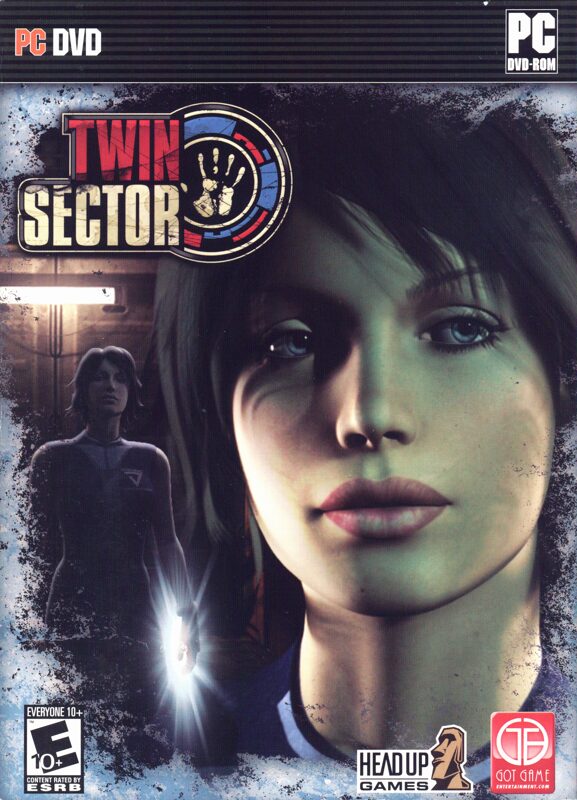
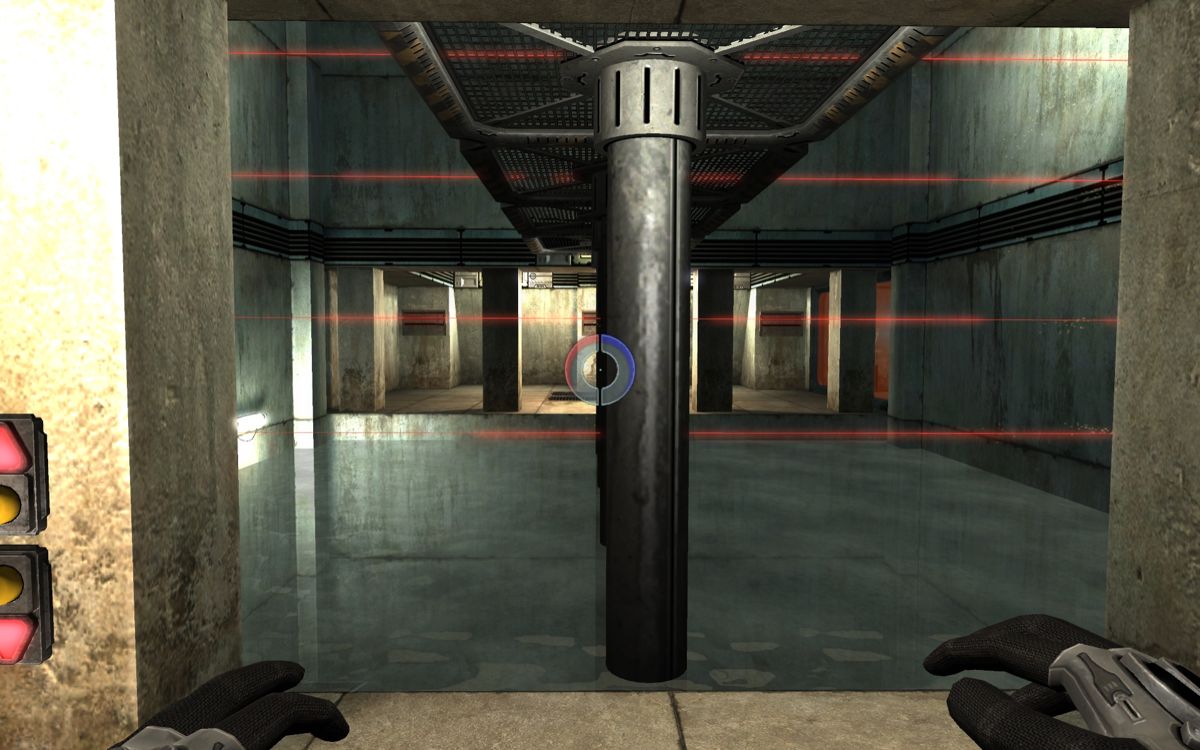
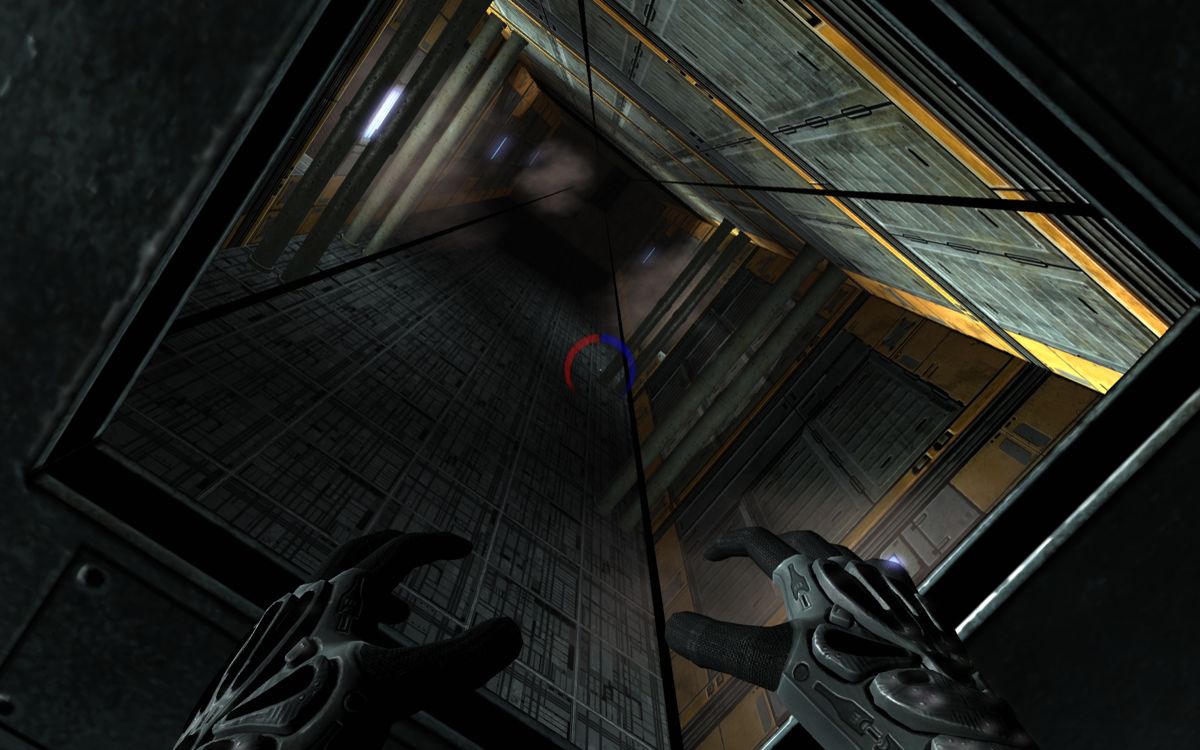
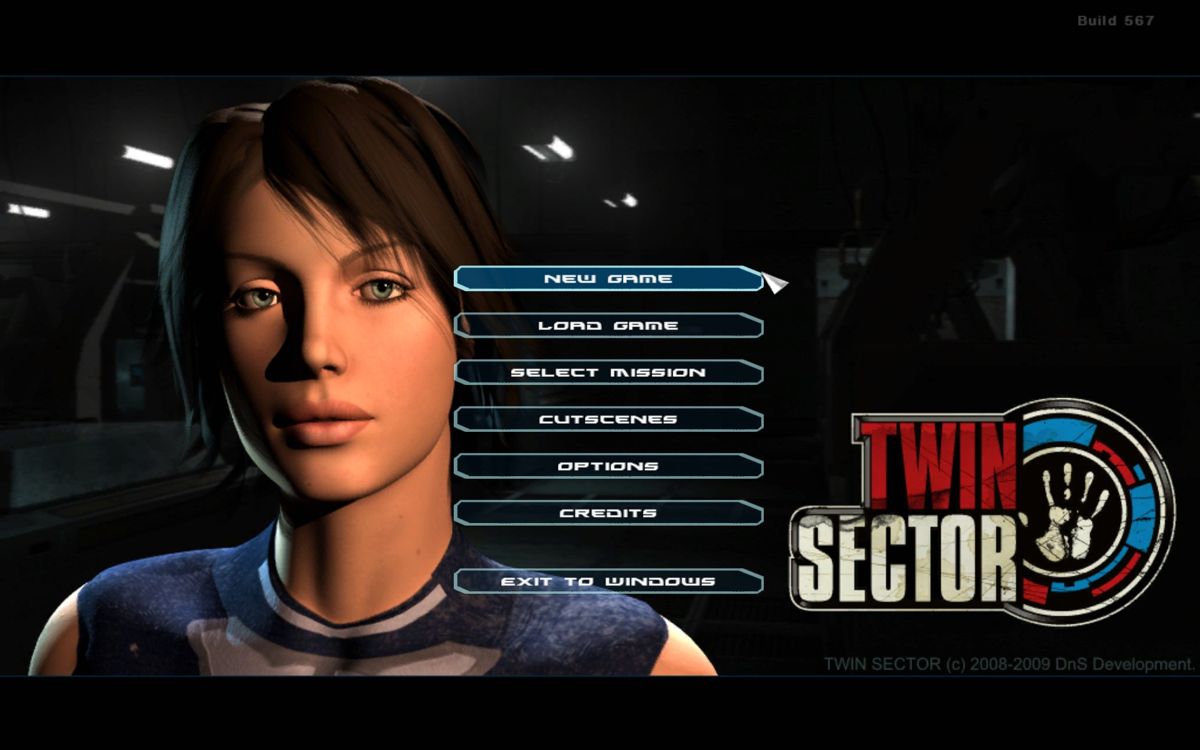
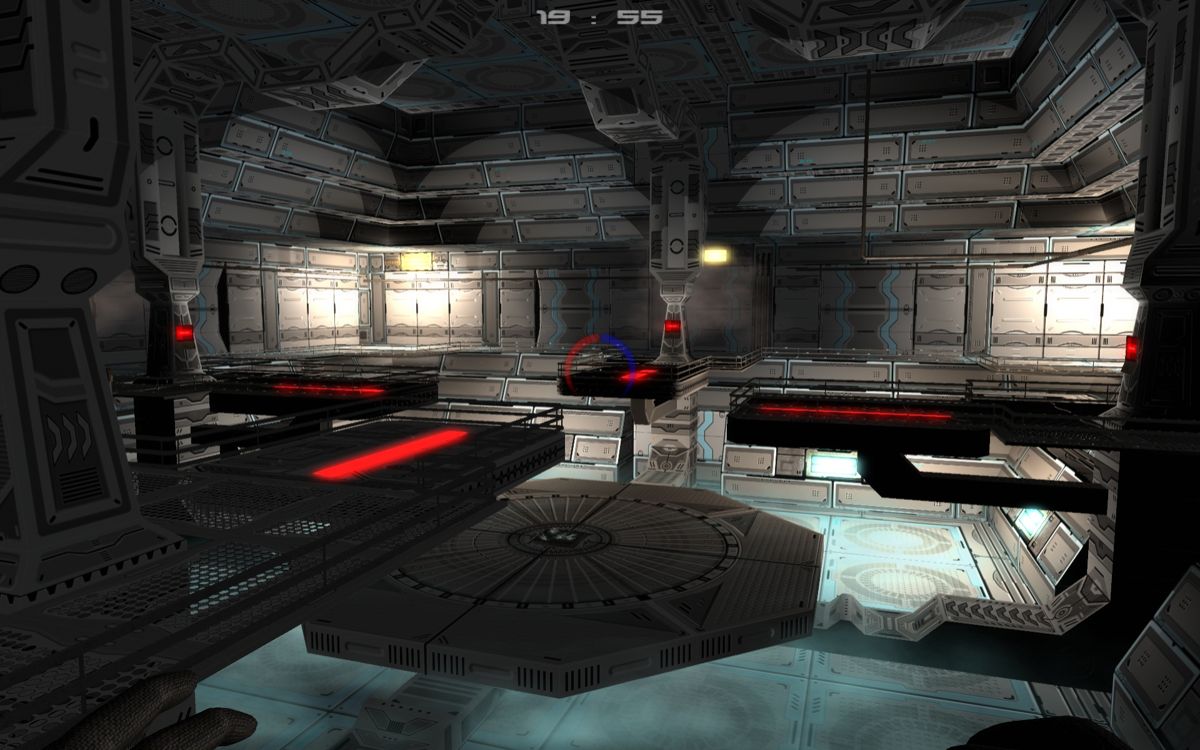
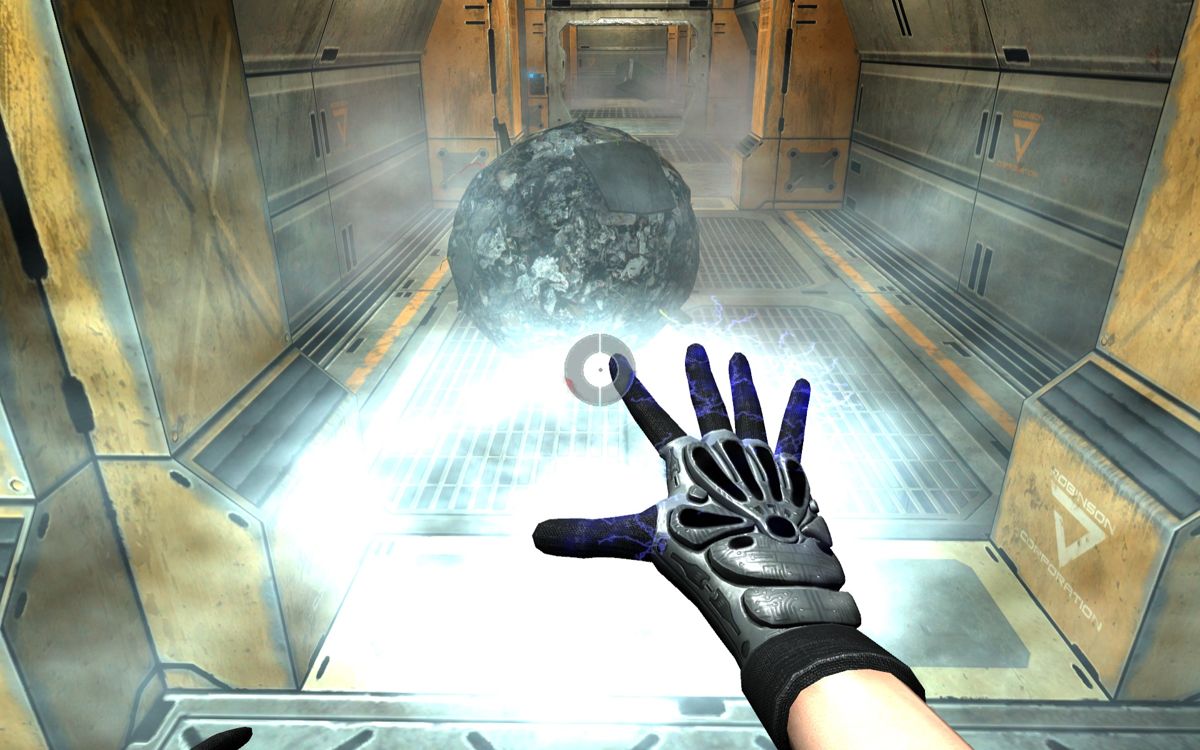



Reviews
There are no reviews yet.